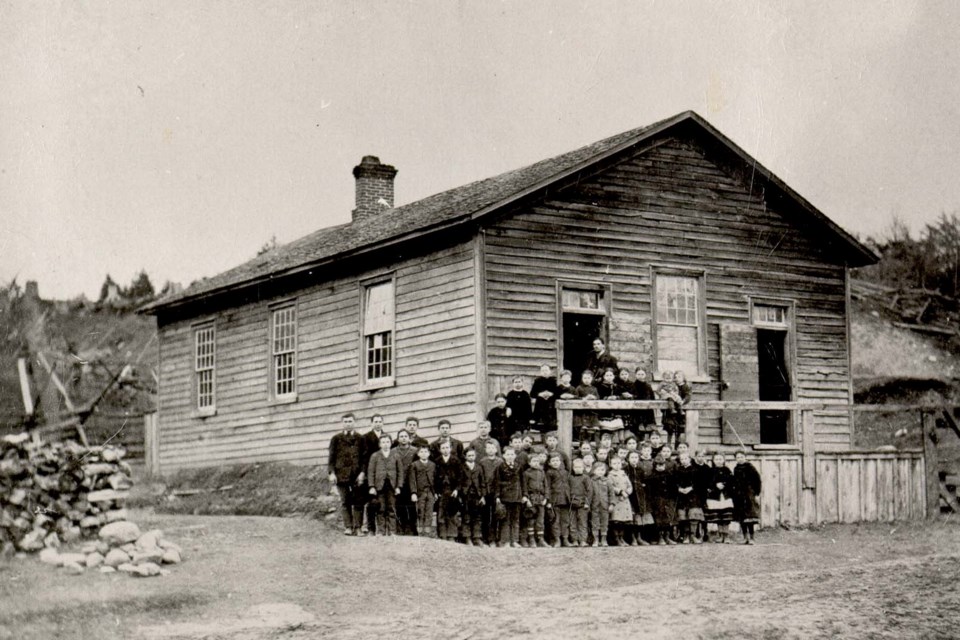There’s not much left of Glenville today. Located along Highway 9, roughly midway between Highway 400 and Newmarket, its location is marked by the faded sign directly opposite Dufferin Street announcing Glenville Road.
Glenville is largely forgotten today. So, too, is the fact that prior to 1851 and township realignment, Glenville was in West Gwillimbury.
Glenville began in 1807 when William Lloyd, a Pennsylvanian Quaker who would later establish the village of Lloydtown, built a sawmill. At the same time, several Scottish immigrants with names like Bolton, Graham, Sommerville and Brodie began taking up land.
It soon came to the attention of two of Ontario’s most prominent entrepreneurs, John Cawthra and William Roe. Both began thriving businesses in the newly founded hamlet, their success feeding Glenville's rapid growth.
Cawthra, born in 1792 and the son of one of York’s richest merchants, was himself "a stirring and efficient businessman". Already the owner of a profitable store and distillery in nearby Newmarket, in 1836 he built a gristmill in Glenville.
The mill was joined by a distillery owned by William Roe that made whisky selling for a mere 25 cents per gallon. One of the first settlers in Newmarket, Roe was for many years engaged in the fur trade there but began branching out into other concerns, such as stagecoach and steamship operating.
In addition to Cawthra's mill and Roe's distillery, other businesses migrated to Glenville as well. As they did, the population swelled so that by the mid-point of the century the village had more than 100 inhabitants. There were two inns in town. One hotel was called the Sand Bank, owned by John Hare, the other the Central Hotel, with Charles Brodie as proprietor. As well as running a hotel, Brodie also served as one of two blacksmiths in town.
Additionally, Glenville consisted of two general stores, one of which was also home to a felt hat-making shop, Christopher Scott’s blanket and carpet making business, two coopers who made barrels for whisky and flour, and a temperance hall in which people spoke out against the ills of whisky.
By this point William Lloyd was long gone, having sold his sawmill to Ellis Hughes, a fellow Pennsylvanian Quaker who had previously owned a sawmill at Holland Landing. Hughes has an interesting place in history. His first mill had provided lumber for the construction of the Sharon Temple.
Glenville was at its apogee in 1851 when lines were re-drawn, and it now fell into York Region. It was all downhill — slow but discernible — from there. The sawmill was razed by fire in 1898 and the gristmill suffered a similar fate in 1916. Around this time the blacksmiths, the hotels, and the other businesses all closed.
Glenville’s once busy main street today resembles a country lane. It leads into the valley where Cawthra’s mill oven stood, though the pond has long since dried-up. The remains of Lloyd’s millpond, half of which was buried by the construction of Highway 9, is immediately south and astride Dufferin Street. The former church and schoolhouse both stand as private residences.



